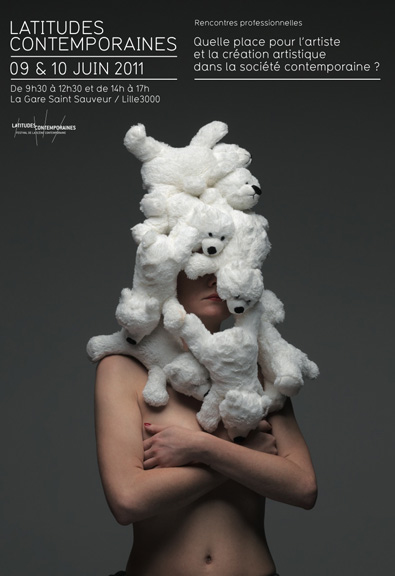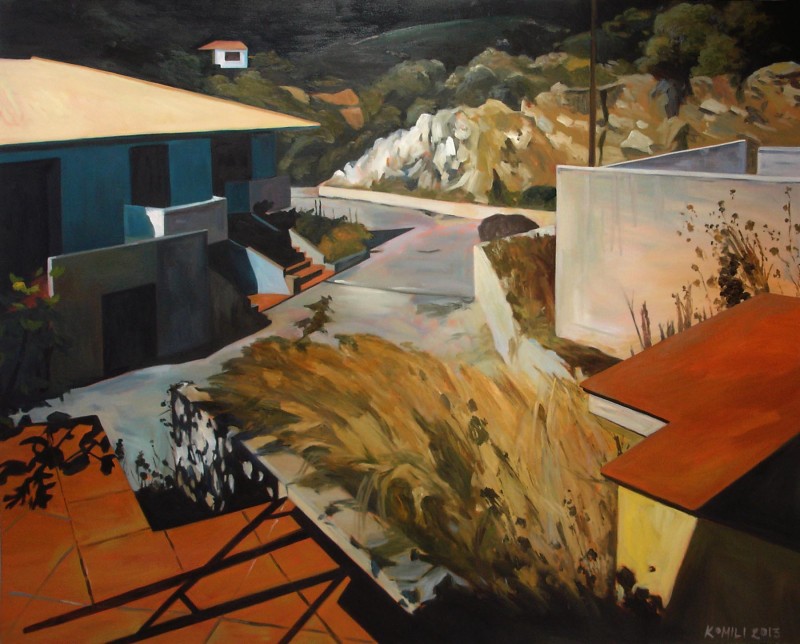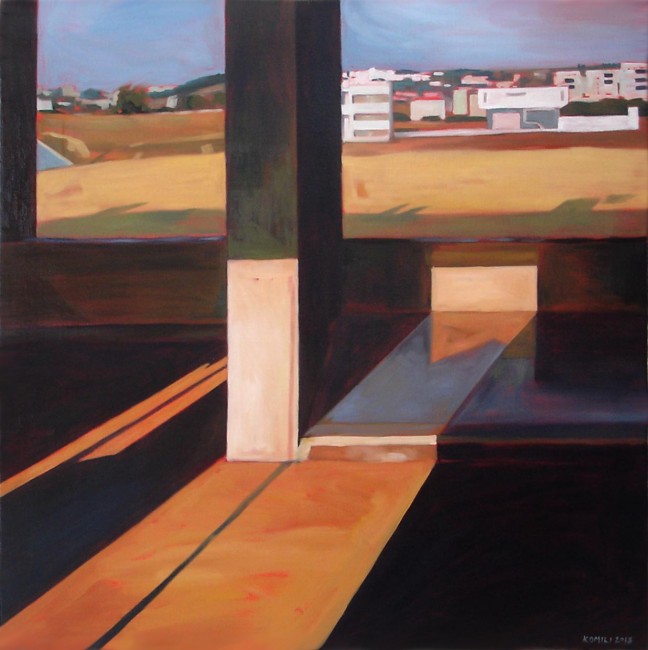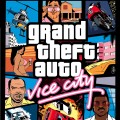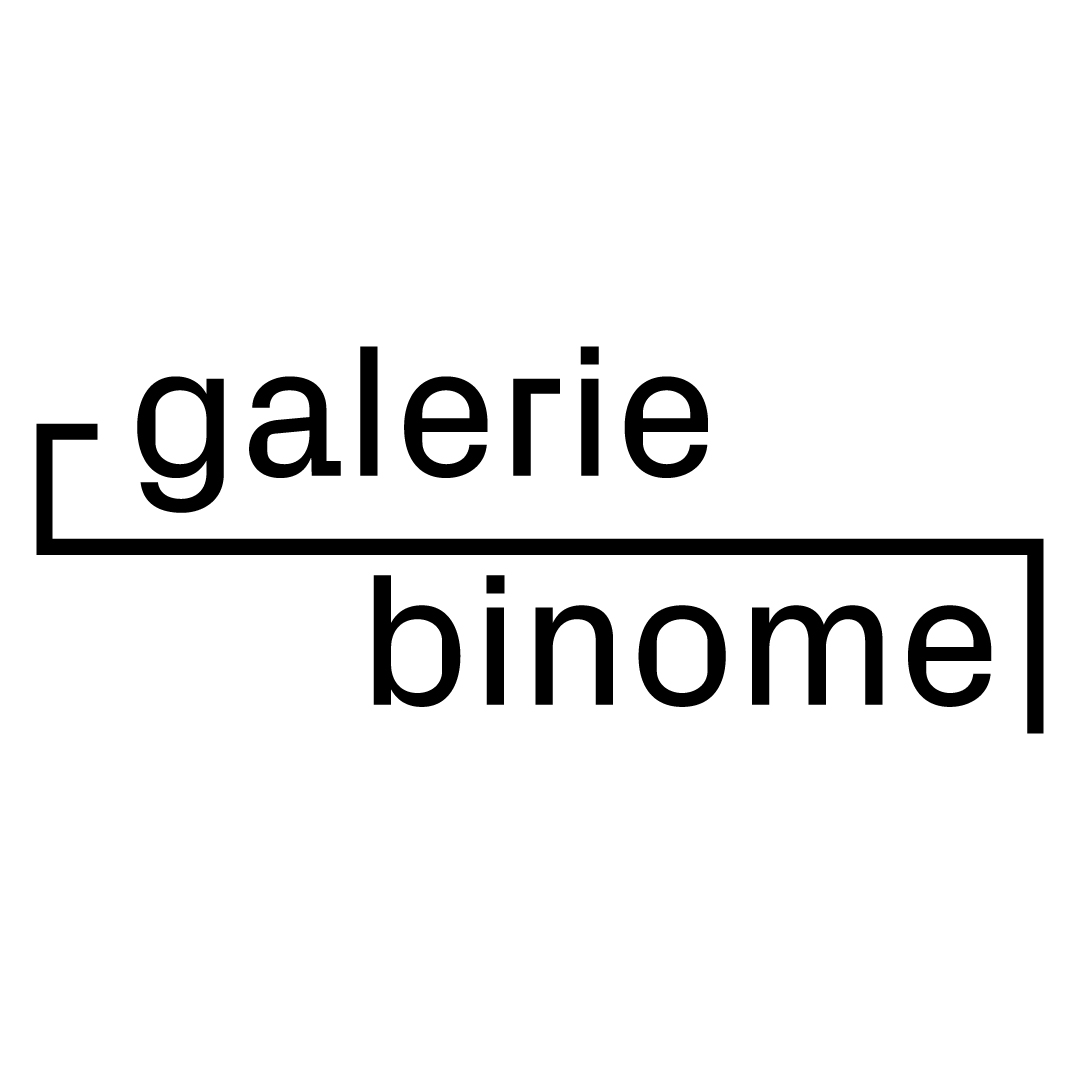Last Updated on 18 avril 2021 by François BOUTARD
Following our interview with Cornelia Komili, painter. We continue to address the personal journey of Cornelia, a relevant way to understand the mechanics of creation and ask her what she thinks of the place of the artist in the XXIst century society. In short, questions that I find too often absent from blogs dealing with contemporary art, behind the scenes somehow …
Cornelia, how do you see the role of the artist in society today ? The artist has a role to play in society, or does it simply make his « stuff » in his corner, with narcissistic pride itself as a rebel in the traditional «system» ? Cornelia Komili : There are the two artists profiles. Some of them are very involved in society. Others, on the contrary, are very introverted and remain in their universe. But I notice that artists are excluded of society, and it’s not due to them. For example today, it’s hard to be valued when you’re a painter ! This is my feeling. I think in any case, whatever the degree of involvement of the artist, he brings something by creating. Personally, I feel a rather introverted artist, by will and choice. I think we, artists, are insignificant in society. This is not due to the artists but the lack of recovery of crafts and also lack of education. I think in the minds of people who ignore art, the artist retains the image of a lazy person who does not really work when, precisely, we work hard for most of us. I also know artists who live badly this situation and work more to integrate and become part of the standard. They want to feel « normal. » I will take a picture of a man who dresses up and exaggerates his role as a woman – a transvestite – . It’s the same artist who feels frustrated not belong to the world of work and will work more precisely than conventional worker. Brainstorming in the preparation of a work that is not measurable by objective criteria is rarely taken into account. However, this is part of our daily lives.
Cornelia, a question that often haunts me. Art has centuries of creations and achievements behind him. Will you ask yourself the question whether you painting brings something new? Do you feel the fear of doing something that has already been done before ? C.K. : No, I do not live that feeling. Artists 100% in their work do not arise the question, it seems to me. When you create, you can not be in pastiche. We belong to a specific time, with aesthetic cues, which are all very different from those of 10 years ago, 50 years or 2000 years. We are unique in our time. I give you proof. Gives the same subject at two artists, they’ll treat it each differently. Artistic creation comes, it is not necessarily instantaneous, it can take years, but a real artist,- this is pretentious what I say – creates something unique. Our mental imagination is necessarily unique. If what is produced is not unique that is because we are not honest or we do not quite dare. However, I am sure that in 10 years, looking at some of my works, I say, « ut what I did like bullshit !».
I recently wrote a post about art brut, including those artists who have created without any cultural background, do you think it’s possible to create without any references ? CK : I do not really practice on this specific issue. But this type of art brings me to a question : can we change in practice without confronting us to other productions? Personally, I don’t think so.
How goes on your painting Cornelia ? C.K : It evolves as I never managed to completely freeze on a canvas the atmosphere that I had in my head! I do not think I have surpassed even that 30% of what I have in mind – a thought to myself, a painter friend of mine told me it would take a lifetime to realize what it had in mind! -. That’s what makes the game interesting. I am obliged to use subjects that help me represent minimum what I imagined. these subjects are tools to get in touch with the atmosphere I imagined. It is an eternal quest that must be closer, I think it does concern many artists !
Therefore, the painter must have a highly developed imagination? C.K : In my case, because I am interested in the atmosphere, yes, it is desirable (laughs), but this is not the case for all artists. There are more « programmatic » or « systematic » painters. People like me who work on feelings and ambiances often have the ability to spend much time alone.
I now propose to hear from you about your painting, ideas and inspirations that lead you creativity.
I was hooked to what you were doing because the topics you treat in your painting often involves abandoned places in the middle of nowhere. However, the subject interests me. Your paintings are views from yards or parks for example. In an interview with the MAPRA – House of Fine Arts Rhône – you name nicely these places as «interstitial» places. Where are you coming this desire to represent these places ? CK: It goes back to the years where I had between 18 and 20 years. I lived a lot in the street. In my city, Thessaloniki, I used to spend time alone in the yards to look differently at the city. I easily took possession of these places that I loved. I felt a great sense of freedom, flowing through the city skateboard with my camera. I was a kind of urban warrior ! The time spent in these places pointed out to me some things. For example, changes in brightness on the walls, ambient heat, abandoned objects or progressive changings in lanscape. These are places that are dear to me.
Your work reminds me of another discipline, photography. And especially School of Düsseldorf, and the work of Jean-Marc Bustamante, who, like you, is interested in photographing lost places, in translation .Your last paintings, landscape 1 and 2 have many similarities with the photographs of this artist – I show photos -. Photography Is a medium on which you lean to your painting ? C.K. : Yes. Since the Fine Arts I admire Bustamante. This is not so much the photograph itself that will interest me that the framing used for the scene. We find this search of photographic framing in cinema. That’s why I am familiar with how to film in a certain way. For example, I watched a lot of Italian cinema of a certain era – Fellini, Rossellini – or Tarkovsky’s films. I realized that the filmmakers have a way of framing than can be different and therefore interesting to apply in my work. You speak of the School of Düsseldorf, Andreas Gursky is interesting because he achieves to make an abstract photograhy with a plurality of elements in the same image. I ask myself how to fill the image with elements, it is important. This observation about framing helps me to stage the landscapes of my paintings. My pictures do not show the building, the sky, the city, but the building interspersed with the sky and the city. For me the frame is half the work. If there is not a good picture with a good frame, it does not work.
To be continued…
F.B.

